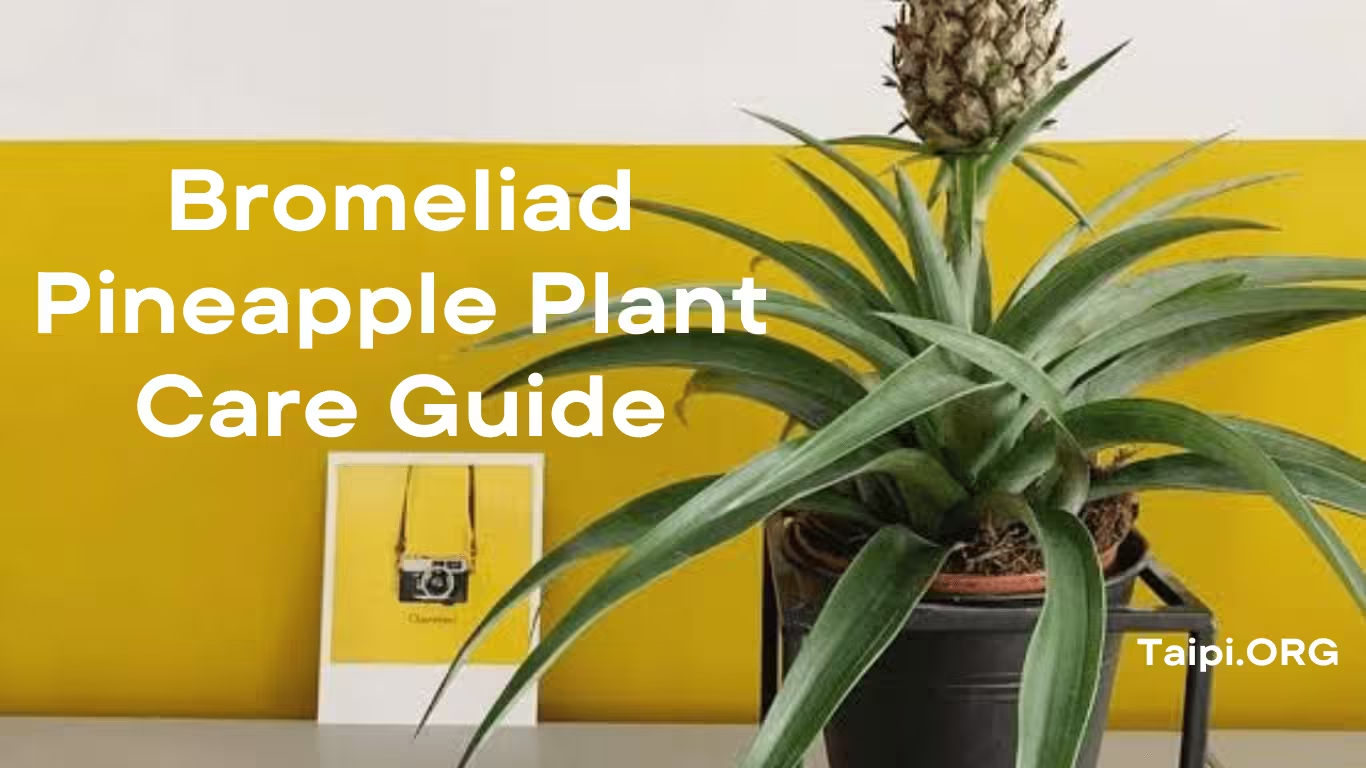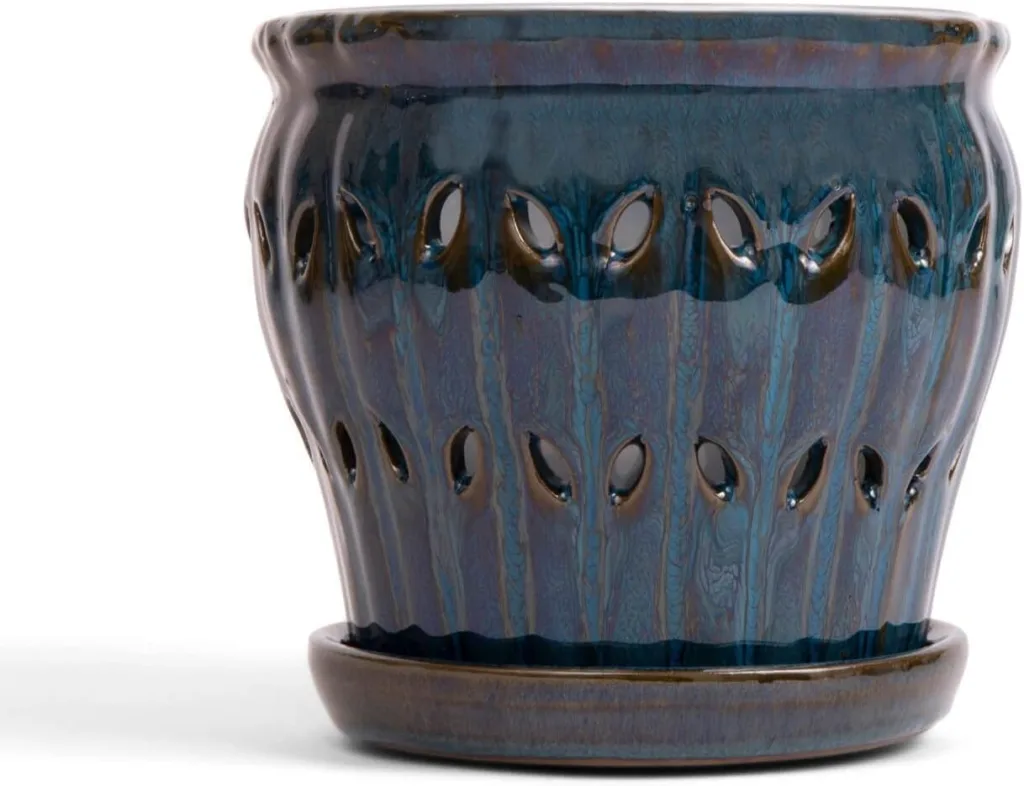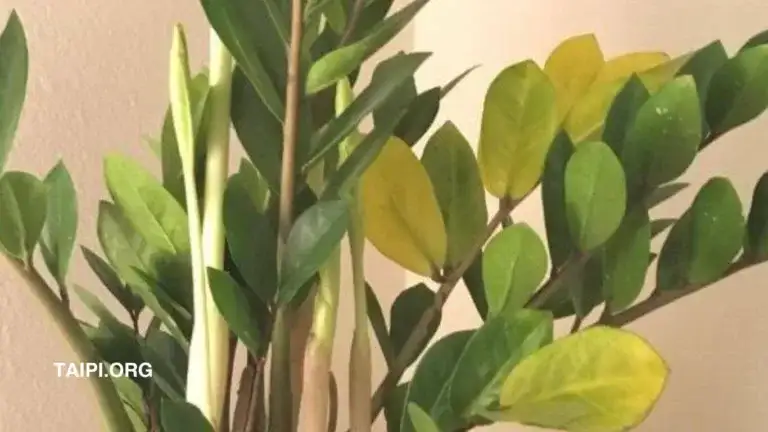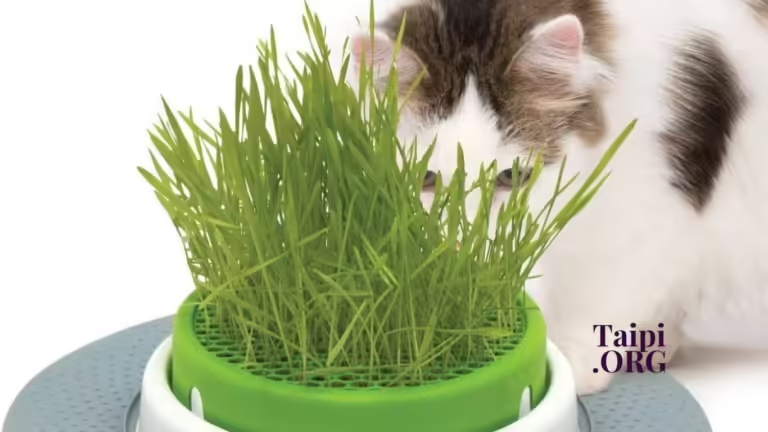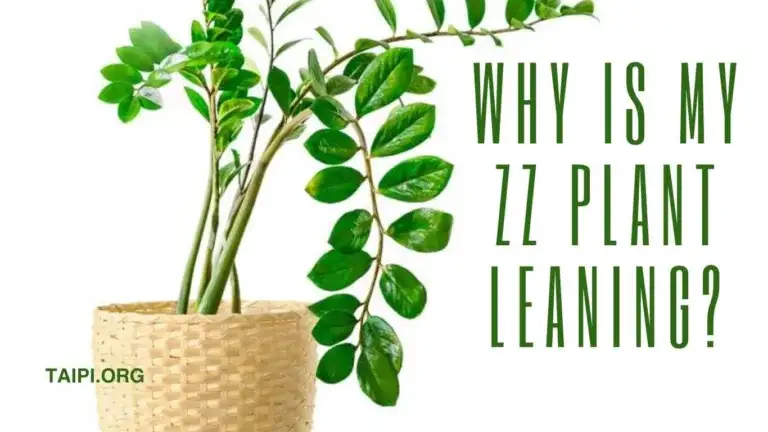Bromeliad Pineapple Plant Care Guide
AMONG the bromeliad plants, the bromeliad pineapple plant is second in popularity after the red bromeliad. Although many people grow it outdoors, the pineapple bromeliad plant thrives indoors too.
But how do you care for this popular plant indoors?
Place your pineapple bromeliad plant in a bright sunny location with at least 6 hours of light every day for optimal growth.
In this in-depth guide, I take you through how you grow and care for this popular houseplant of the bromeliad family, which some, especially kids mistaken for the pineapple.
Also read: Reasons Bromeliad Leaves Are Turning Yellow
How to Care for the Bromeliad Pineapple Plant Indoors
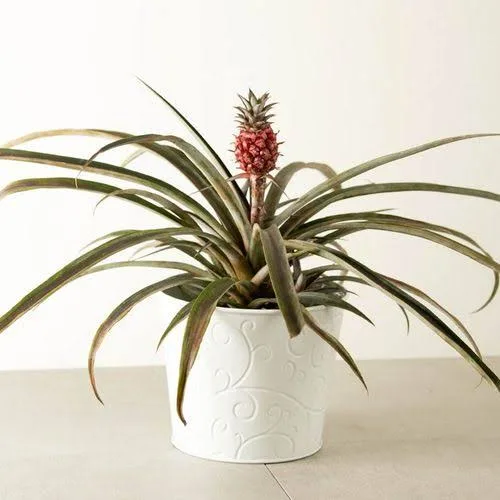
When growing for the pineapple bromeliad plant, make sure of the following things:
Light
Bromeliad pineapple plants prefer bright, indirect light. So, place your plant near a window with filtered sunlight or in a location with dappled sunlight.
Avoid direct sunlight, as it can scorch the leaves.
Temperature
Maintain a warm environment for your bromeliad pineapple. These plants prefer temperatures between 70°F to 90°F (21°C to 32°C).
Pineapple bromeliads hate cold drafts. Temperatures below 50°F (10°C) will lead to the curling of leaves, withering, and eventual death.
Watering
Water the plant thoroughly but allow the top inch of soil to dry out before the next watering. Plant experts recommend the use of room temperature water to fill the central cup (rosette) of the bromeliad, which holds water.
To prevent stagnation, empty and refresh the water in the central cup regularly.
Soil
Use a well-draining, acidic potting mix. You should use this mix because the bromeliad pineapple plant is epiphytic, meaning it absorbs nutrients through the leaves rather than roots, so the soil mix should be loose and airy.
Humidity
Bromeliads appreciate high humidity. If your home is dry, especially during the winter months, mist the plant occasionally or place a tray of water near the plant to increase humidity.
Fertilizing
Feed your bromeliad pineapple plant with a balanced liquid fertilizer diluted to half-strength during the growing season (spring and summer).
When feeding your bromeliad plant, apply fertilizer directly to the soil or mix it in the water you pour into the central cup.
Container
Plant the bromeliad in a shallow (size 6 and below), wide container with good drainage. It is advisable to choose a pot with a diameter that allows the plant to grow without becoming too crowded.
A good example is the rePotme 6-inch Ceramic Orchid Pot (pictured ⬇)
NB. When the roots crowd and curl themselves inside the pot, it becomes difficult for the roots to draw up water. The result is little water going up the stalk, reaching the leaves.
Pruning
Another crucial step in caring for the bromeliad pineapple plant is pruning. When you trim dead or yellowing leaves regularly, you encourage new growth and maintain the plant’s appearance.
Flowering
Bromeliad pineapple plants typically flower once in their lifetime, producing a central stalk with a pineapple-shaped fruit.
After flowering, the main plant may decline, but new shoots (pups) will emerge from the base.
Once the fruit is mature and ready for harvest, cut it off, and new shoots will continue the plant’s life cycle.
Pests and Diseases
Keep an eye out for pests like scale and spider mites. Treat any infestations promptly with appropriate remedies such as neem oil or insecticidal soaps.
Ensuring good air circulation is also important in preventing fungal diseases.
Final Thoughts
Remember that bromeliad pineapple plants have a natural life cycle, and after flowering, the original plant may decline.
However, the offsets or pups it produces will grow into new plants, ensuring the continuation of your bromeliad collection.
Knowing how to water, feed, and watch out for pests and diseases will not only help you grow a healthy pineapple bromeliad plant but also create an interior with the perfect aesthetic appeal.

